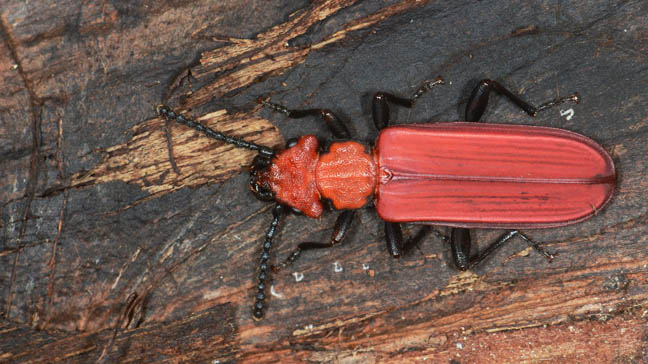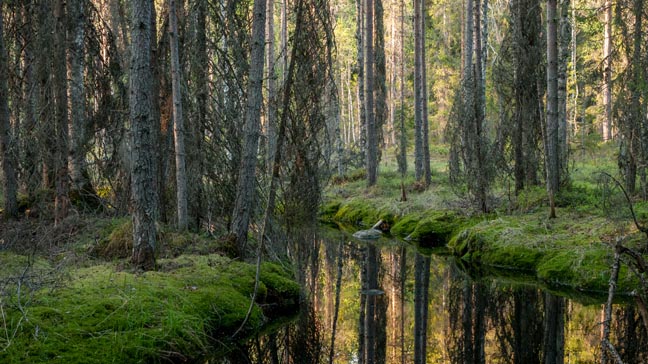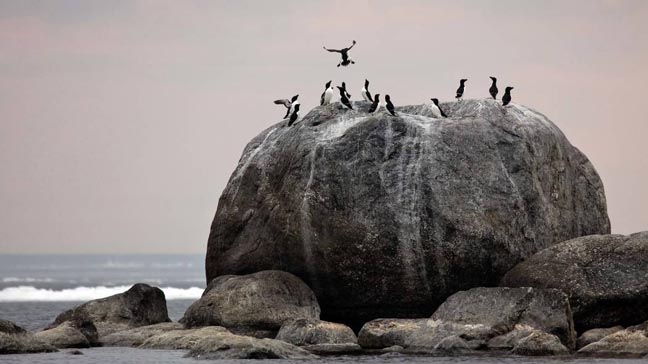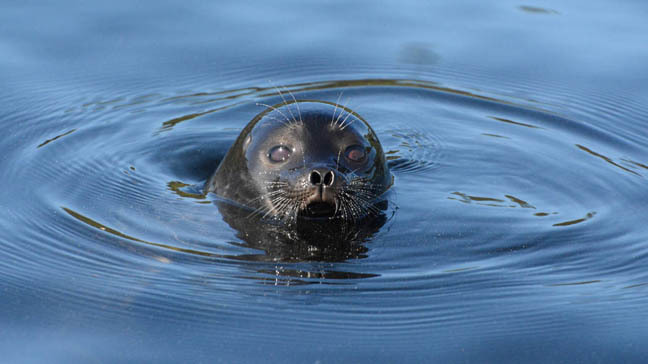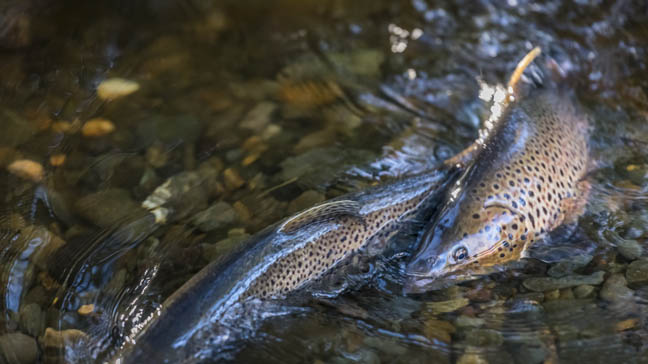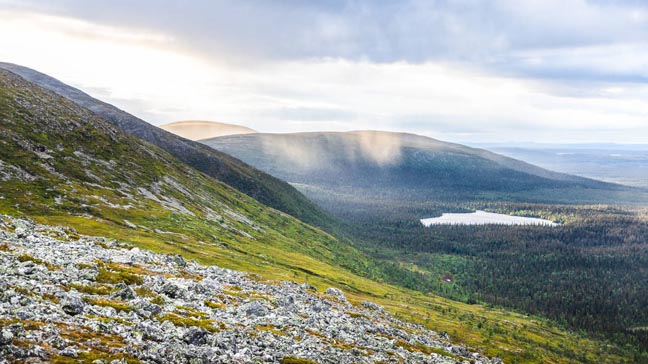Metsähallitus safeguards biodiversity
Metsähallitus safeguards biodiversity in state-owned land and water areas. We regard state-owned lands as a whole in which protected areas and the most valuable ecological sites in multiple-use forests constitute a nationwide ecological network. In terms of species and landscapes, the sites of the network are vital for the preservation of biodiversity in Finland.
